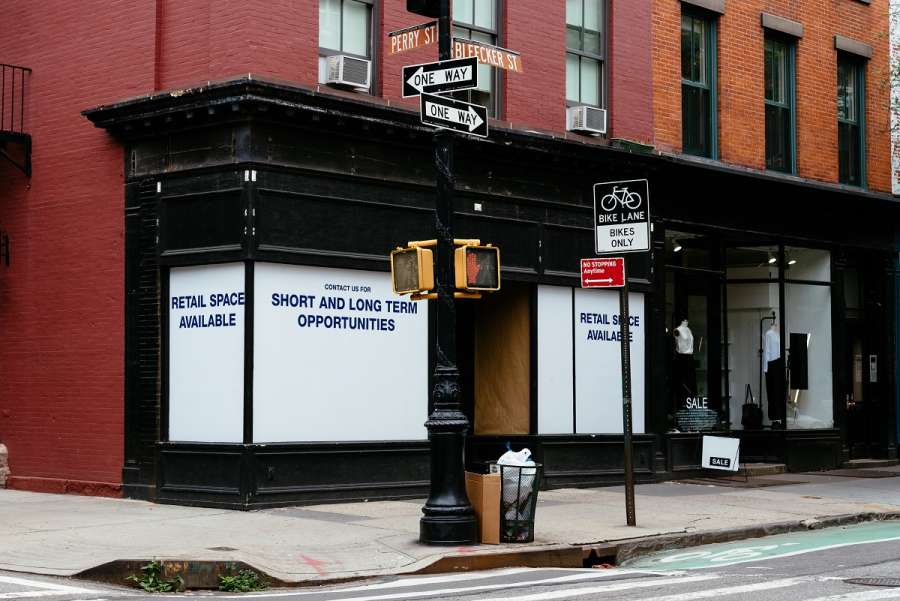1. Exercising a break clause
The first thing to check is whether your lease has a break clause, giving you the right to end the lease early.
Timing is critical, as most breaks can only be exercised on specific dates during the lease.
You will have to serve written notice to the landlord, and the lease will set out how many months ahead of the break date this must be done.
There are many possible traps here, especially if the lease sets out detailed requirements for how and where your notice must be served.
Getting your solicitor to check the lease and serve the notice on your behalf is always safest.
2. Surrendering a commercial lease
If you do not have a right to break, you will need to approach your landlord to negotiate ending your lease early by surrendering it.
Your landlord is under no obligation to agree, as empty premises are not an attractive prospect.
However, they may have another possible tenant lined up or are planning a redevelopment or change of use. If so, it may suit the landlord to bring your lease to an end.
3. Assignment or underletting
If you do not have a break clause and cannot agree to a surrender, your other option is to look for someone else to take on the premises, either by taking on the lease itself or by taking an underlease.
Before you start looking, you should check with your solicitor whether or not your lease allows an assignment or underletting, as these are sometimes restricted.
4. Dilapidations
Dilapidations are the items of disrepair that a tenant is obliged to rectify or remedy under the terms of the lease.
If the lease ends and the tenant’s obligations remain outstanding, a landlord is entitled to pursue a dilapidations claim for damages.
This can often place an onerous financial burden on the tenant as landlords are entitled to recover the reasonable costs of undertaking the works, typically set out in a schedule of dilapidations prepared by a surveyor, as well as loss of rent for the period that the repairs are undertaken.
You should ensure that you fully understand these implications and take steps at the outset to minimise your liabilities before signing a commercial lease.






